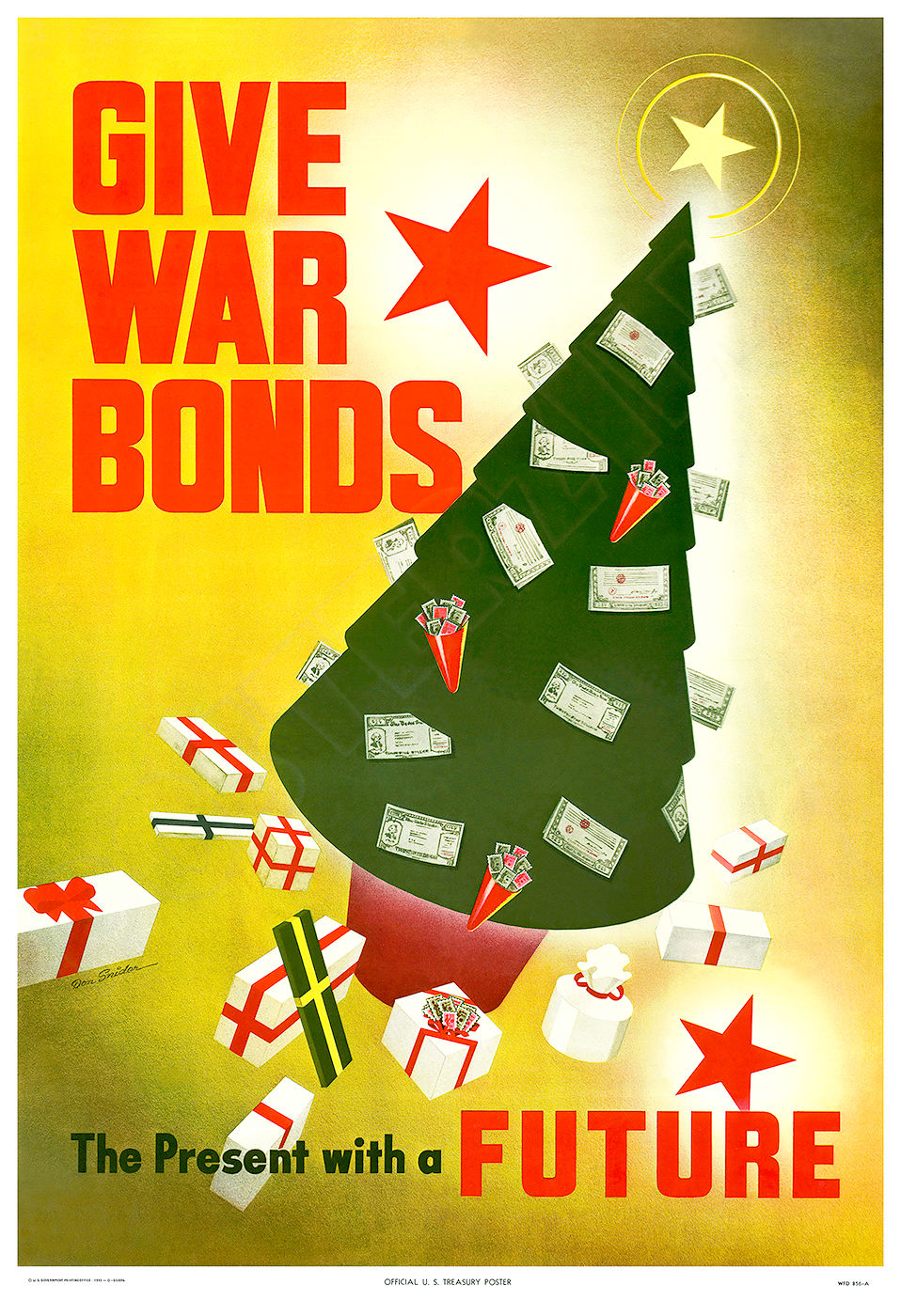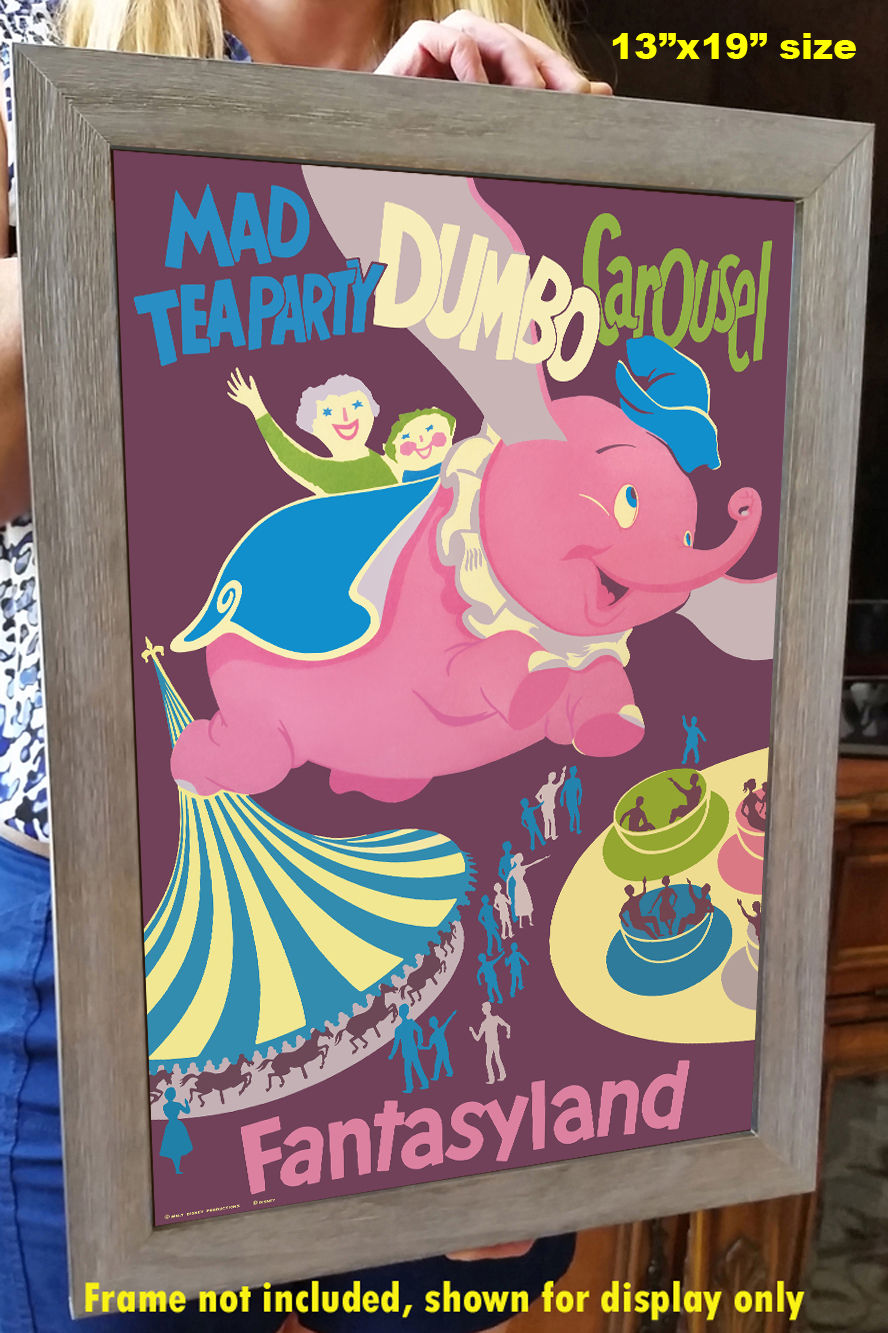This beautiful poster was created from an original image of the famous sign at Roy’s Motel and Café in Amboy, California.
The high-resolution image is printed on quality 13" x 19" heavy photo paper, on a large-format, professional giclée process printer. The poster is shipped in a rigid cardboard tube, and is ready for framing.
The 13"x19" format is an excellent image size that looks great as a stand-alone piece of art, or as a grouped visual statement. These posters require no cutting, trimming, or custom sizing, and a wide variety of 13"x19" frames are readily available at your local craft or hobby retailer, and online.
A great vintage print for your home, shop, or business!
History of Amboy and Roy’s Café
The town of Amboy now is owned and operated by restaurant entrepreneur Albert Okura, owner of the Southern California-based Juan Pollo Chicken restaurant. Okura purchased the town in 2005, and he is in the process of restoring and renovating the historic structures at Roy’s Motel and Café.
The iconic sign at Roy’s was restored in 2019, and a relighting ceremony was held on November 16, 2019.
The story of Amboy began in 1883, when the Southern Pacific Railroad laid their rails across the desert from Mojave California, toward Needles on the Colorado River. Amboy was created in a desolate section of desert to serve as a water stop on the railroad.
Lonely isolation has always been Amboy’s defining characteristic and virtually every type of supply has to be imported from great distances. The town’s most precious commodity, water, still has to be brought in by rail from Newberry Springs, some 60 miles to the west.
Like many other desert towns, Amboy has seen several boom and bust periods with the population ranging from around 800 to 4. From the beginning, the town relied heavily on mining a variety of local minerals. In the early 1900’s, huge deposits of gypsum and salt were discovered in the plains of Bristol Dry Lake, just south of town and mining operations continue there to this day.
The patchwork of roads that made up Route 66 began to come together across the Mojave Desert in the late 1920’s. Route 66 generally followed the railroad, and Amboy became an important rest stop on the nation’s first major cross-country highway.
In its heyday, the town was busy enough to sustain two motels, three restaurants, and three gas stations. The town also maintained a school, post office, church, and a cemetery.
Roy Crowle, whose name became synonymous with Amboy, came to town in the early 1920’s and built his famous café in 1935. Buster Burris, another well-known Amboy resident, came to town in 1937 and married Roy Crowle’s daughter. Together, the two became the driving force in the town, and managed the properties there for over 50 years. Crowle died in 1977, and Burris continued running the properties until 1995, and passed away in 2000.
Amboy nearly faded into oblivion when Interstate 40 bypassed Route 66 in 1973. The town somehow clung to life and thanks to a revived interest in Route 66, Amboy has become a popular stop for nostalgia-hunting tourists from around the world.
Buster Burris sold the entire town of Amboy, consisting of 690 acres and 10 buildings, to Timothy White and Walt Wilson in 2000. White and Wilson first met in Amboy during their motorcycle travels along Route 66. The unlikely partners found themselves at the center of a flurry of media coverage when they listed the town for sale on ebay in April of 2003.
Today, Albert Okura’s efforts have saved the fading town from oblivion, and stopping at Roy’s Motel and Cafe is a highlight for Route 66 tourists and travelers.
top of page
$19.95Price
Color: Blue
These are simply the best posters available! You will be thrilled with the image quality, vivid colors, fine paper, and unique subjects.
Our posters are sized for standard off-the-shelf frames, with no custom framing required, providing huge cost savings!
Related Products
bottom of page
































